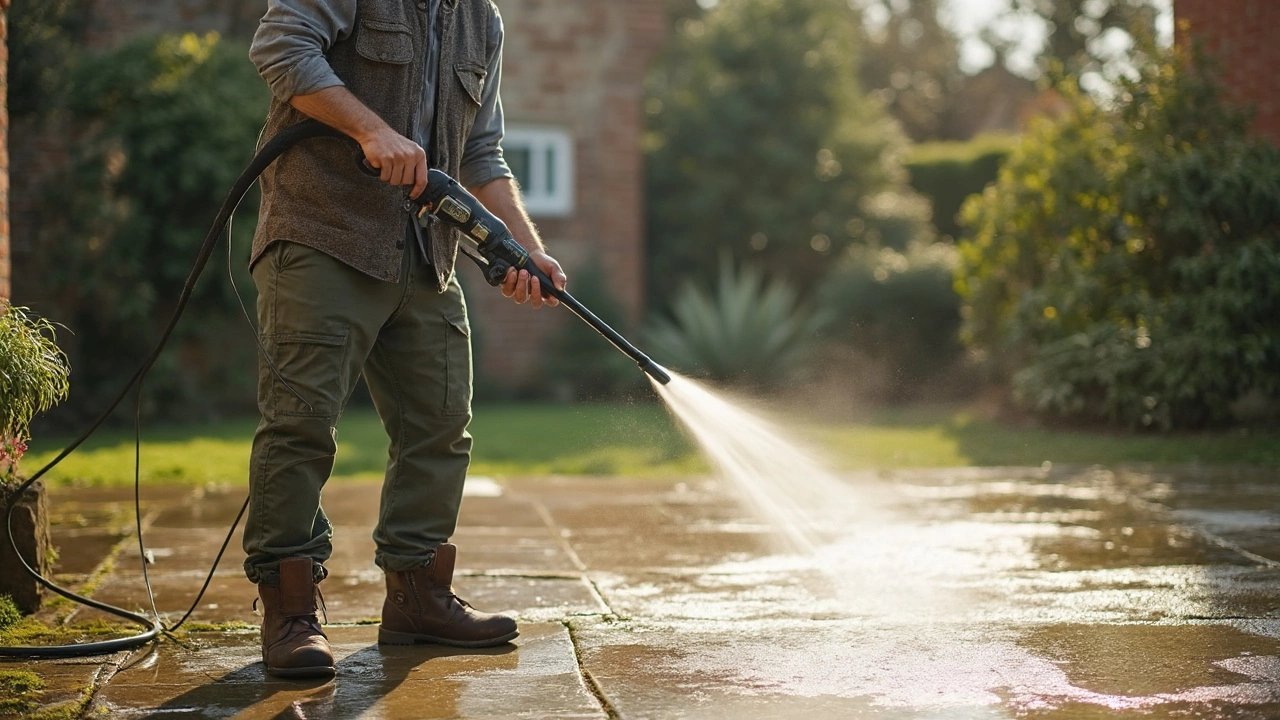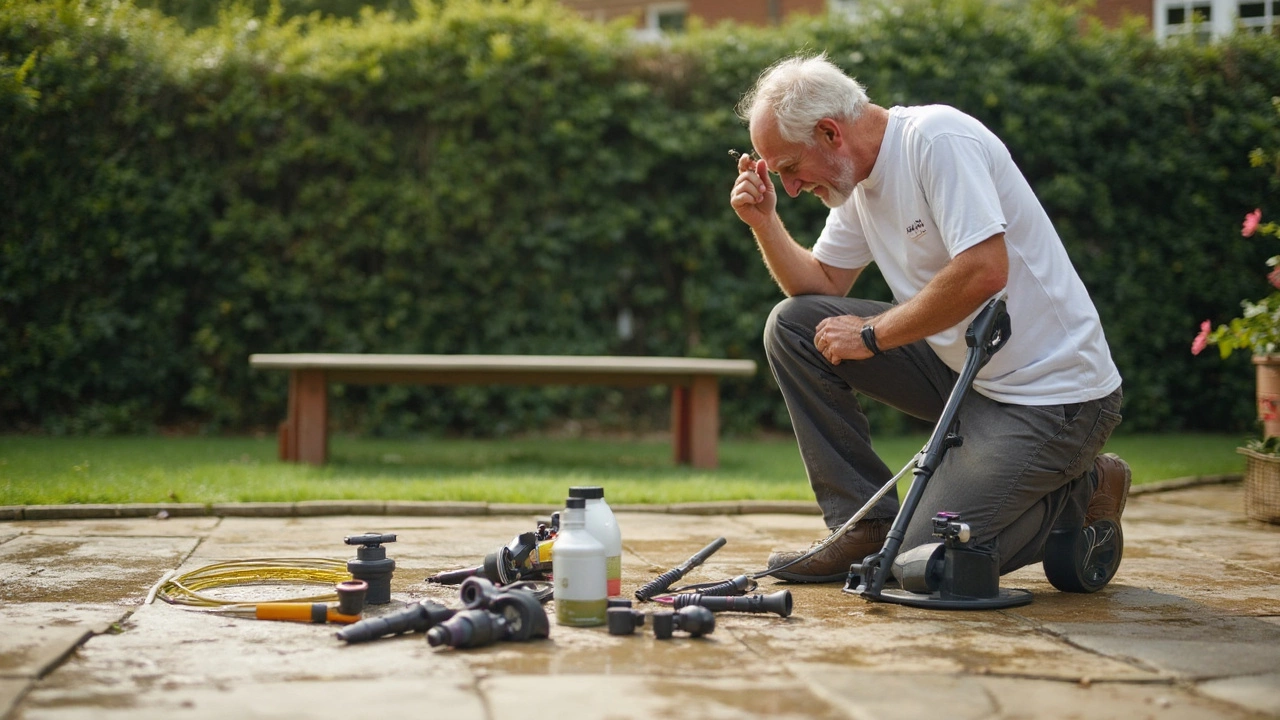2000 PSI Pressure Washing – What You Need to Know
If you’ve ever wondered whether a 2000 PSI washer is enough for your home projects, you’re in the right place. It’s powerful enough to blast away dirt, but gentle enough not to ruin most outdoor surfaces. Below you’ll get straight‑to‑the‑point advice on using this pressure level, staying safe, and getting the best results without hiring a pro.
Why 2000 PSI Is a Good Sweet Spot
At 2000 pounds per square inch the water jet is strong enough to lift grime from siding, decks, driveways, and even a car’s paint – if you use the right technique. It’s less likely to etch soft wood or damage delicate screens compared with 3000+ PSI units. For most DIY homeowners, this pressure level hits the perfect balance between speed and control.
Safety and Prep Tips
Before you fire up the pump, read the manual and wear eye protection, gloves, and sturdy shoes. Test the spray on a small, hidden area to see how the surface reacts. Keep the wand at a 30‑ to 45‑degree angle and never point it at people, pets, or electrical outlets. A short distance (about 12‑18 inches) works for most jobs; move farther back for delicate areas.
Nozzle selection matters. The standard 25‑degree nozzle gives a broad, even spray for general cleaning. Switch to a 15‑degree tip for tougher stains on concrete, and a 40‑degree fan for rinsing windows or delicate panels. Remember: a tighter nozzle means more pressure, so use it sparingly.
Surface‑specific tricks. For house siding, start with a low‑pressure rinse, apply a biodegradable cleaner, let it sit a minute, then finish with the 25‑degree spray. Decks benefit from a 15‑degree tip to lift mildew, followed by a gentle 40‑degree rinse to avoid wood splintering. When cleaning a car, stick to the 40‑degree tip and keep the wand moving to prevent paint damage.
Timing is easier than you think. A typical two‑story home with siding and a driveway takes about 45‑60 minutes with a 2000 PSI unit, assuming you work methodically and keep the detergent in a separate bucket. Break the job into sections, rinse each before moving on, and you’ll avoid streaks.
After you finish, run clean water through the washer for a few minutes to flush out any residue. Drain the tank, store the hose coiled loosely, and protect the pump with a light coat of oil if the manual advises. Proper maintenance keeps the machine humming for years.
Finally, know when to call the experts. If you have brickwork, stucco, or historic surfaces that could crack, a professional with adjustable PSI settings and experience is worth the cost. Also, large commercial jobs or mold‑infested decks often need higher pressure and specialized chemicals that DIYers don’t have.
In short, a 2000 PSI pressure washer is a versatile tool for most home cleaning tasks. Choose the right nozzle, keep safety first, and follow surface‑specific steps, and you’ll get a sparkling result without breaking the bank.

Will 2000 PSI Clean Concrete? Real Answers About Pressure Washing Power
Curious if a 2000 PSI pressure washer will get your concrete looking like new? This article digs into what 2000 PSI can and can’t do, breaking down how it handles stains, grime, and even mold. You’ll get tips from real experiences, not just theory. We’ll talk about safety, smart techniques, and when you might need to go stronger. If you want your driveway or patio to shine again, this guide brings the facts.
Read More
Is 2000 PSI Enough to Clean a Concrete Slab? Real-World Pressure Washing Tips
Wondering if a 2000 PSI pressure washer can tackle your concrete slab? This article breaks down how much cleaning power you actually need, what 2000 PSI gets you in the real world, and smart ways to boost results. Learn about the right nozzle choices, how surface type changes the game, and tips for getting the most out of your equipment. If you want clean concrete without destroying your gear or your slab, this guide is for you.
Read More